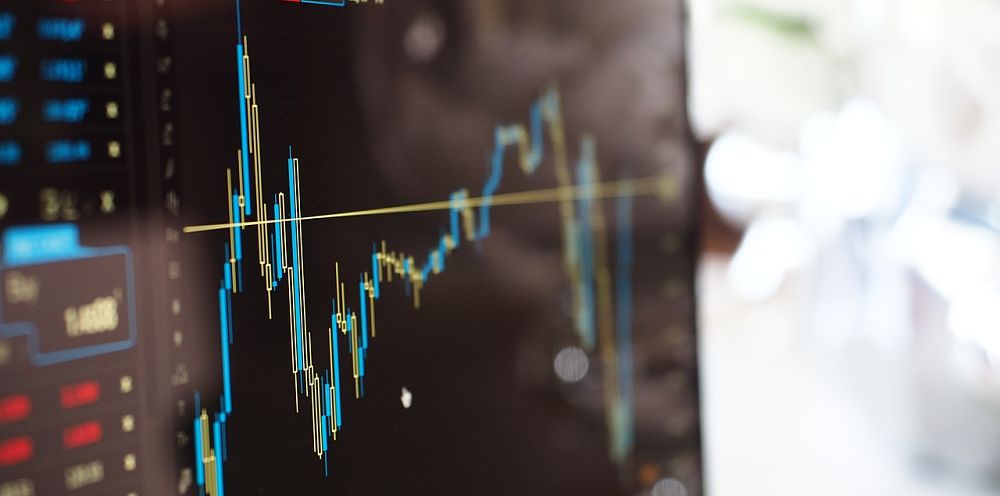As Sam Sees It: 2018 Could Be Shaping Out to Be Much Better Than Originally Expected
Each week, we tap the insight of Sam Stovall, Chief Investment Strategist, CFRA, for his perspective on the current market.
EQ: Stocks took a bit of a pause earlier this week as bond rates moved sharply higher. Was the market caught off guard here?
Stovall: I don’t really think so. The S&P 500 has gone more than 565 days without a decline of 5% or more, which is the longest stretch since World War II. As a result, I think it really is just a matter of time before we do end up having a price decline. We just don’t know whether this one is the beginning of the next 5% decline and whether the yield rise above the 2.7% threshold will actually go down in history as the trigger for that decline.
So, I think it is still a wait and see attitude right now. Momentum does not like to surrender very easily, and as a result, I wouldn’t be surprised if investors simply used the two-day sell-off as an opportunity to buy on the dips.
EQ: On Wednesday, Fed Chair Janet Yellen wrapped up her final FOMC meeting, leaving rates unchanged but noted that inflation is expected to stabilize its objective of 2% over the medium term. Were there any key takeaways for you as Jerome Powell now takes over?
Stovall: Not really, other than Fed Chair Yellen hinting that there could be higher inflationary readings in the months ahead. I don’t think that she is very political in nature, so she would not want to be trying to set the agenda on her departure. Rather, I think she would want to make sure she leaves a clean slate so that the incoming Fed Chair can then mold and guide the Fed according to his wishes. I think Fed Chair Yellen basically said what most people anticipated, and as a result, the market really did not respond.
EQ: In this week’s Sector Watch, you looked at the market’s very strong move upward in January. Despite this week’s earlier dip, the market is still on pace for a very good month. That begs the question, should investors be worrying about a meaningful digestion right now?
Stovall: Well, as I mentioned earlier, we have gone a very long time without a decline. Add to that the fact that as of last Friday, the S&P 500 was trading 7% above its 50-day moving average and 14% above its 200-day moving average. Yet, looking at these dual extremes—because both of these readings are more than 1.5 standard deviations above their mean—rather than that being a trigger of excess, and therefore a subsequent sell-off, history says that momentum tends to carry forward. Whenever these levels of extremes have been reached, three months later the S&P 500 has been higher in price 70% of the time. Obviously, 70% is not 100%, and even if it were, it would still not be a guarantee that the market will be higher. But, I think what it basically says is that investors don’t like to give up on an upwardly charging market.
EQ: There’s the old adage of, as goes January, so goes the year, and January has been going very well. Could this suggest that 2018 may be set to outperform the single-digit gain that was originally projected?
Stovall: That is certainly a possibility. The Stock Trader’s Almanac was where I first learned about the January adage. In addition, should the S&P 500 close above 5% in the month of January, it will be following several other years in which the market then subsequently rose more than 14% in the remaining 11 months of the year, and was higher 85% of the time. Of those 13 observations, only twice was the market was down on the remaining months of the year—in 1946 and 1987. So, chances are pretty good that we end up with a positive 11 months, as well as the chances that we eek out a gain in February, because the majority of the Februarys following very strong Januarys were in the plus column.





